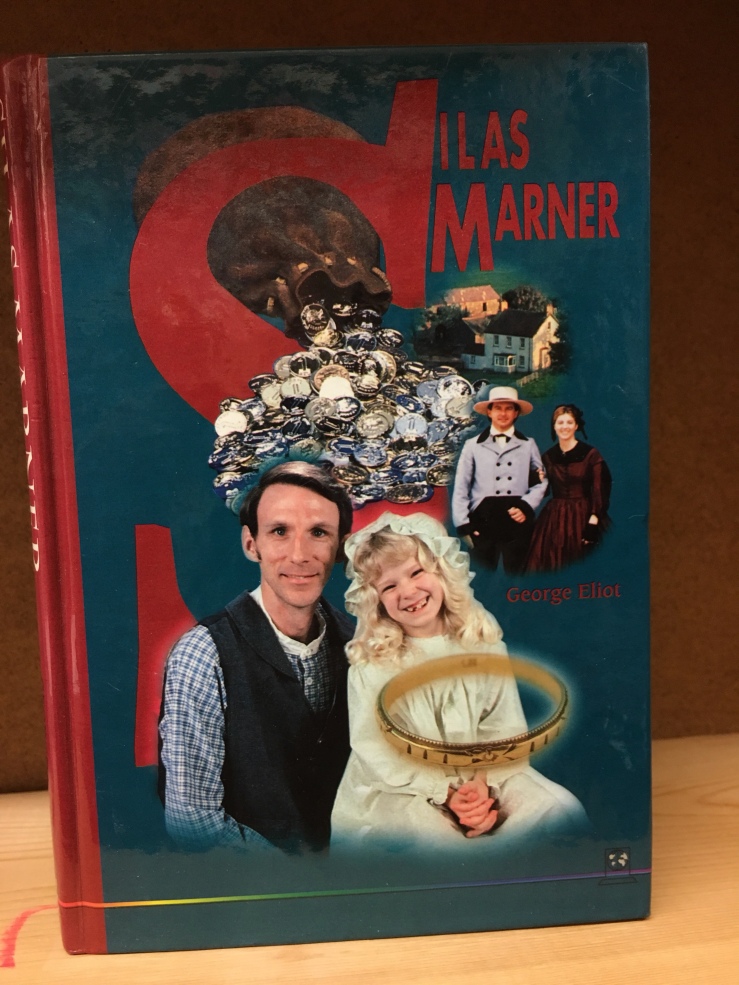“Unmasking a Confidence Trickster”
by
Franz Kafka
English translation by the Muirs
At last, about ten o’clock at night, I came to the doorway of the fine house where I was invited to spend the evening, after the man beside me, whom I was barely acquainted with and who had once again thrust himself unasked upon me, had marched me for two long hours around the streets.
“Well!” I said, and clapped my hands to show that I really had to bid him goodbye. I had already made several less explicit attempts to get rid of him. I was tired out.
“Are you going straight in?” he asked. I heard a sound in his mouth that was like the snapping of teeth.
“Yes.”
I had been invited out, I told him when I met him. But it was to enter a house where I longed to be that I had been invited, not to stand here at the street door looking past the ears of the man before me. Nor to fall silent with him, as if we were doomed to stay for a long time on this spot. And yet the houses around us at once took a share in our silence, and the darkness over them, all the way up to the stars. And the steps of invisible passers-by, which one could not take the trouble to elucidate, and the wind persistently buffeting the other side of the street, and a gramophone singing behind the closed windows of some room-they all announced themselves in this silence, as if it were their own possession for the time past and to come.
And my companion subscribed to it in his own name and–with a smile–in mine too, stretched his right arm up along the wall and leaned his cheek upon it, shutting his eyes.
But I did not wait to see the end of that smile, for shame suddenly caught hold of me. It had needed that smile to let me know that the man was a confidence trickster, nothing else. And yet I had been months in the town and thought I knew all about confidence tricksters, how they came slinking out of side streets by night to meet us with outstretched hands like tavernkeepers, how they haunted the advertisement pillars we stood beside, sliding round them as if playing hide-and-seek and spying on us with at least one eye, how they suddenly appeared on the curb of the pavement at cross streets when we were hesitating! I understood them so well, they were the first acquaintances I had made the town’s small taverns, and to them I owed my first inkling of a ruthless hardness which I was now so conscious of, everywhere on earth, that I was even beginning to feel it in myself. How persistently they blocked our way, even when we had long shaken ourselves free, even when, that is, they had nothing more to hope for! How they refused to give up, to admit defeat, but kept shooting glances at us that even from a distance were still compelling! And the means they employed were always the same: they planted themselves before us, looking as large as possible, tried to hinder us from going where we purposed, offered us instead a habitation in their own bosoms, and when at last all our balked feelings rose in revolt they welcomed that like an embrace into which they threw themselves face foremost.
And it had taken me such a long time in this man’s company to recognize the same old game. I rubbed my finger tips together to wipe away the disgrace. My companion was still leaning there as before, still believing himself a successful trickster, and his self-complacency glowed pink on his free cheek.
“Caught in the act!” said I, tapping him lightly on the shoulder. Then I ran up the steps, and the disinterested devotion on the servants’ faces in the hall delighted me like an unexpected treat. I looked at them all, one after another, while they took my greatcoat off and wiped my shoes clean.
With a deep breath of relief and straightening myself to my full height I then entered the drawing room.













